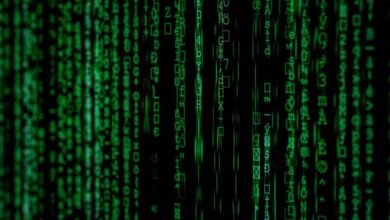963954035 Mobile Call Breakdown: Investigating Call Sources

The analysis of the mobile number 963954035 reveals complex call patterns that warrant closer scrutiny. Identifying the callers behind this number is essential for distinguishing between legitimate communications and potential scams. Understanding the nature and frequency of these interactions can provide insights into user behavior and emerging threats. As mobile communication continues to evolve, the implications of these findings could significantly influence user security measures. What further revelations might this investigation uncover?
Overview of 963954035 Call Patterns
The call patterns associated with the number 963954035 reveal significant insights into communication behaviors and frequency of interactions.
Analyzing call frequency indicates a consistent engagement level, suggesting active usage among diverse caller demographics.
This data highlights variability in interaction types, offering a nuanced understanding of how individuals utilize this number within their communication networks, ultimately reflecting broader societal trends in mobile communication practices.
Identifying Callers: Who’s Behind the Number?
Understanding the identity of callers associated with the number 963954035 requires a methodical examination of available data sources and caller demographics.
Effective caller identification can be achieved through number tracing techniques that analyze call patterns, origin, and associated information.
Nature of Interactions: Genuine Calls vs. Scams
How can one discern between genuine calls and potential scams in today’s complex telecommunications landscape?
Effective scam detection hinges on recognizing patterns indicative of fraudulent interactions, contrasting sharply with genuine engagement. Callers often employ high-pressure tactics and vague language, while authentic communications exhibit clarity and relevance.
Implications for Mobile Communication Trends
As mobile communication continues to evolve, the implications of distinguishing between genuine calls and scams have become increasingly critical.
Analyzing mobile trends reveals shifting communication patterns, where user trust is eroded by deceptive tactics. Enhanced identification technologies and regulatory measures are essential to foster secure interactions, ensuring users maintain autonomy over their communication choices amidst a landscape fraught with potential manipulation and misinformation.
Conclusion
In conclusion, the investigation into the number 963954035 underscores the critical need for vigilance in mobile communications. As users navigate a landscape fraught with potential scams, one must ponder: how many genuine connections are lost amid the noise of deceit? This analysis not only highlights the patterns of caller interactions but also emphasizes the necessity for continued research to develop robust identification techniques, ensuring that users can discern authenticity from manipulation in an ever-evolving digital realm.




